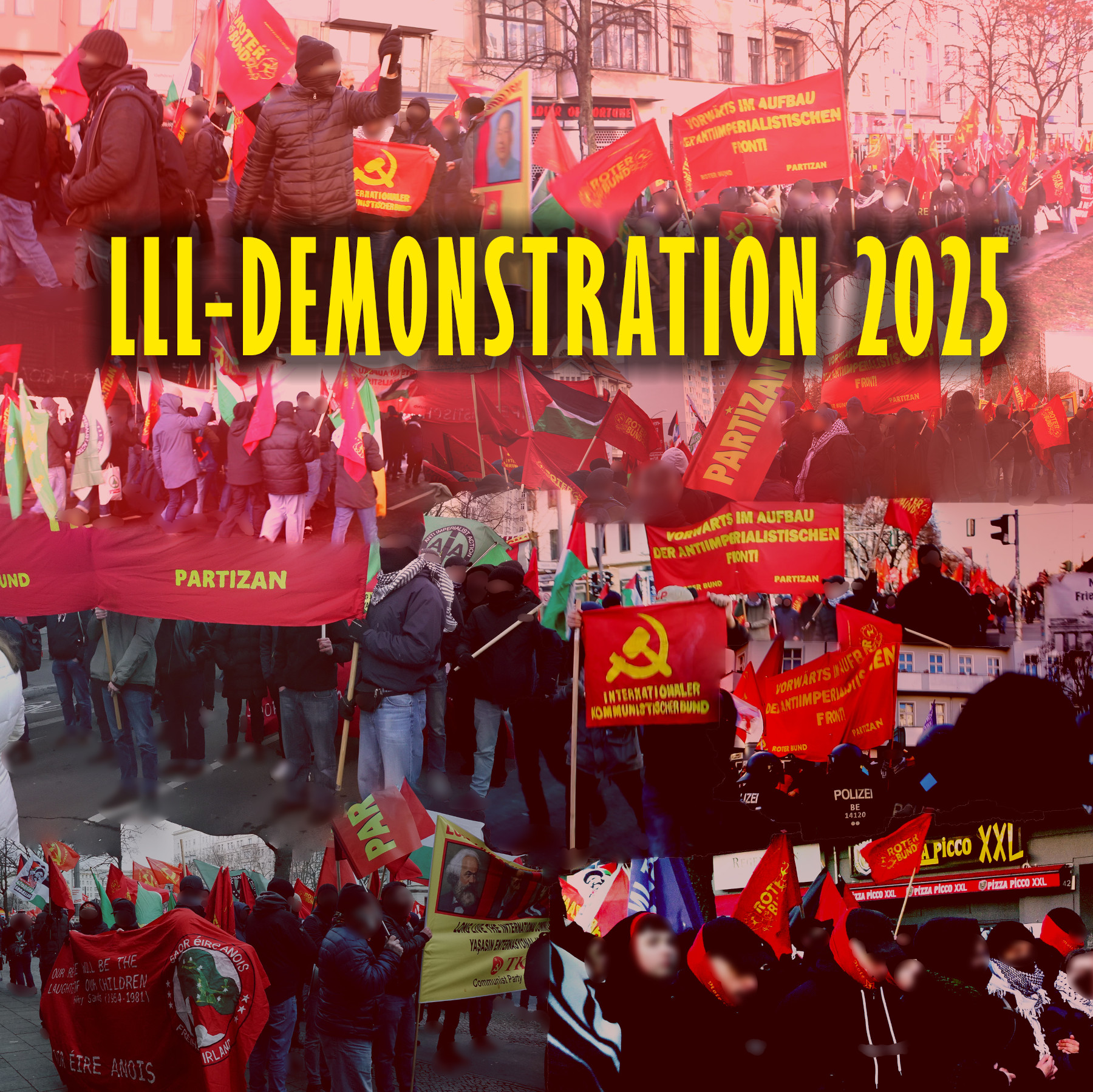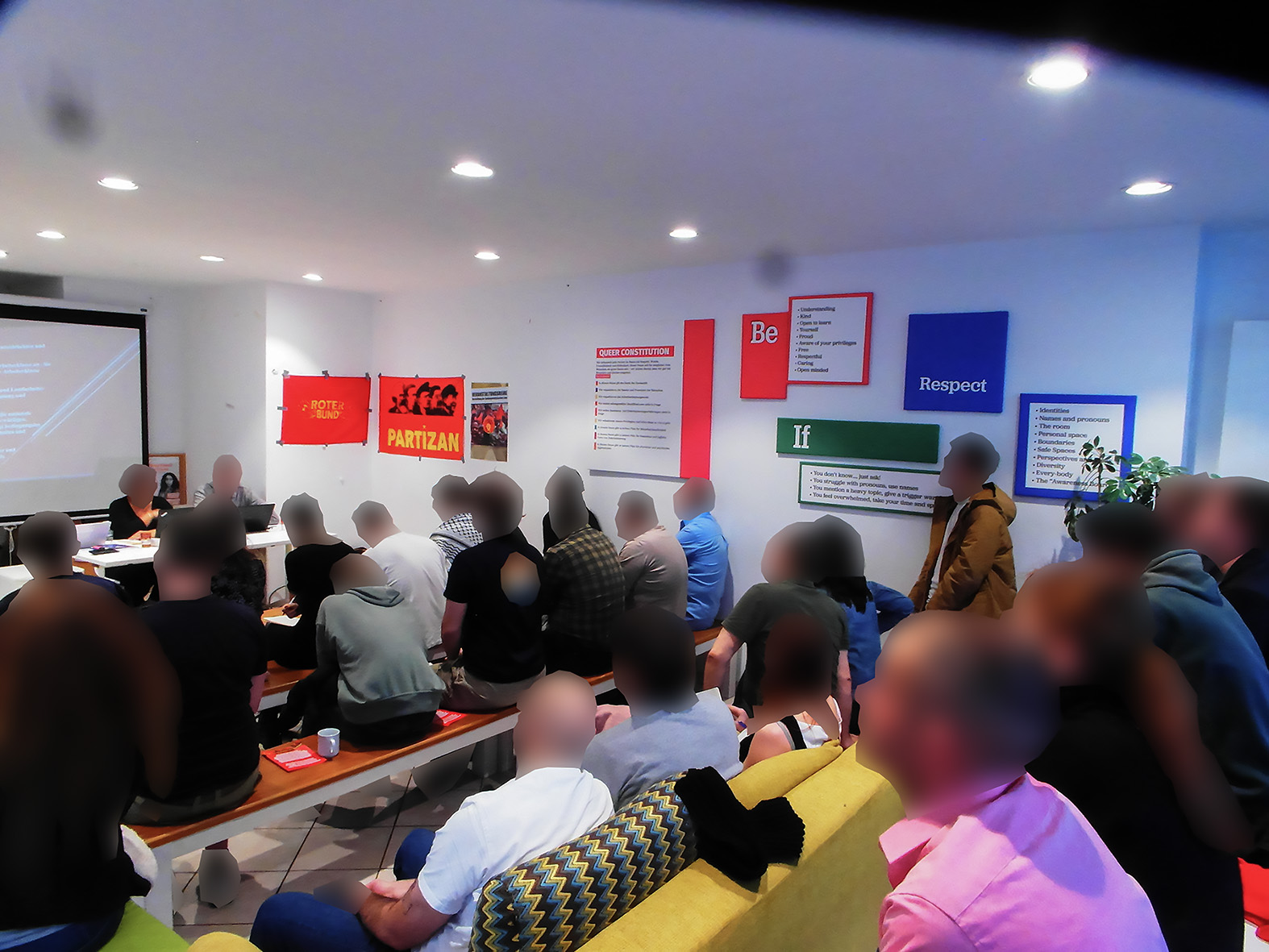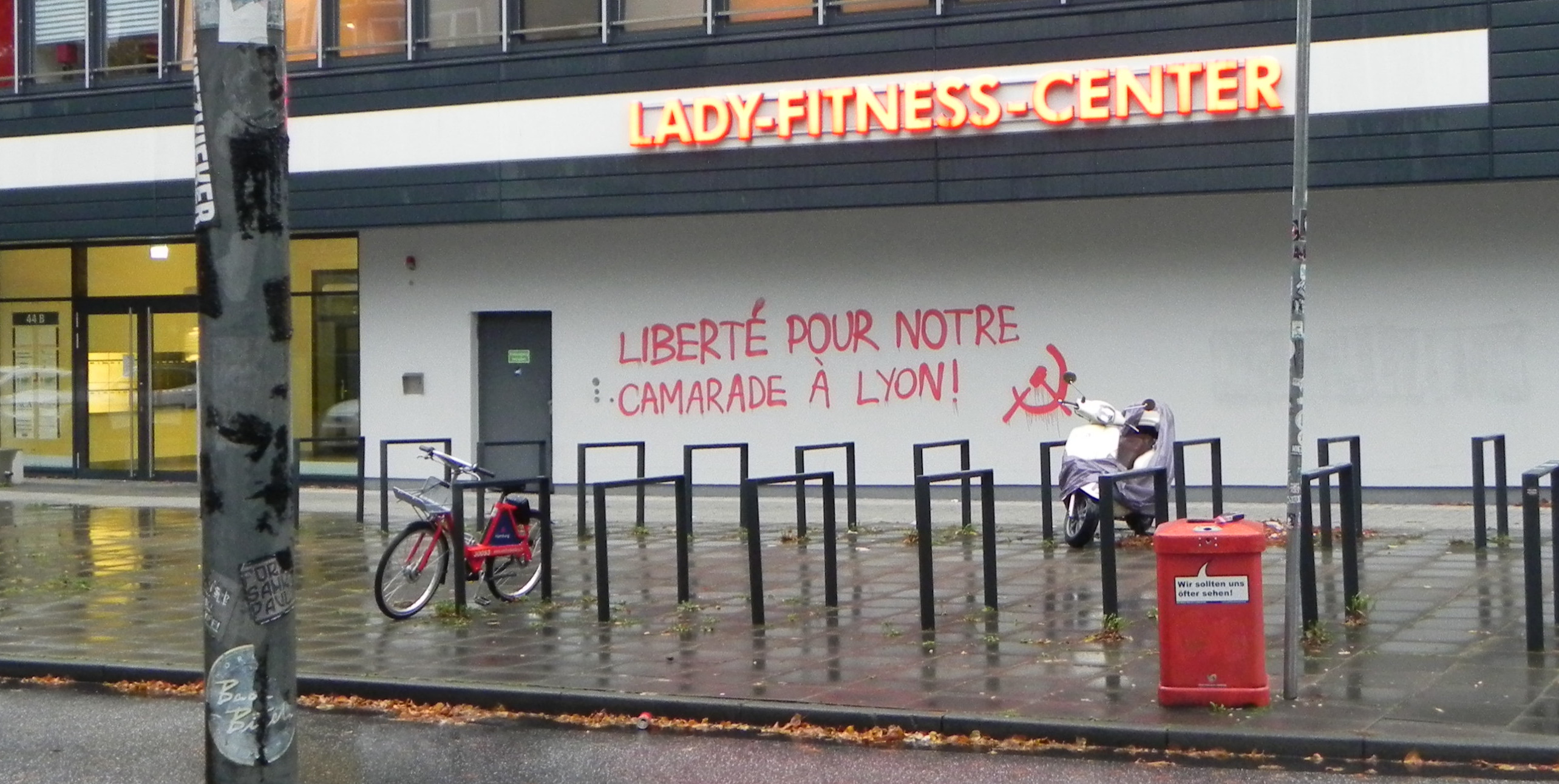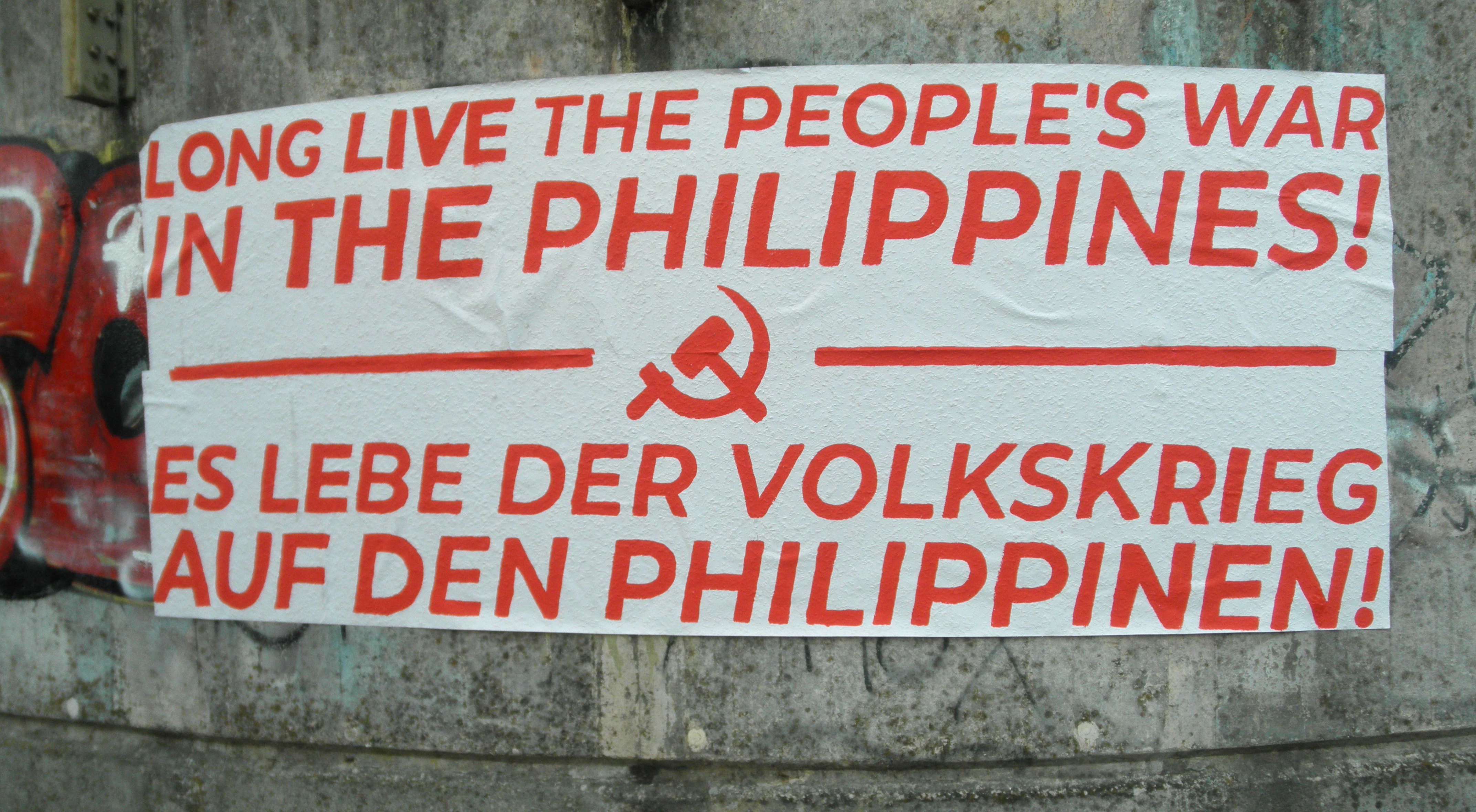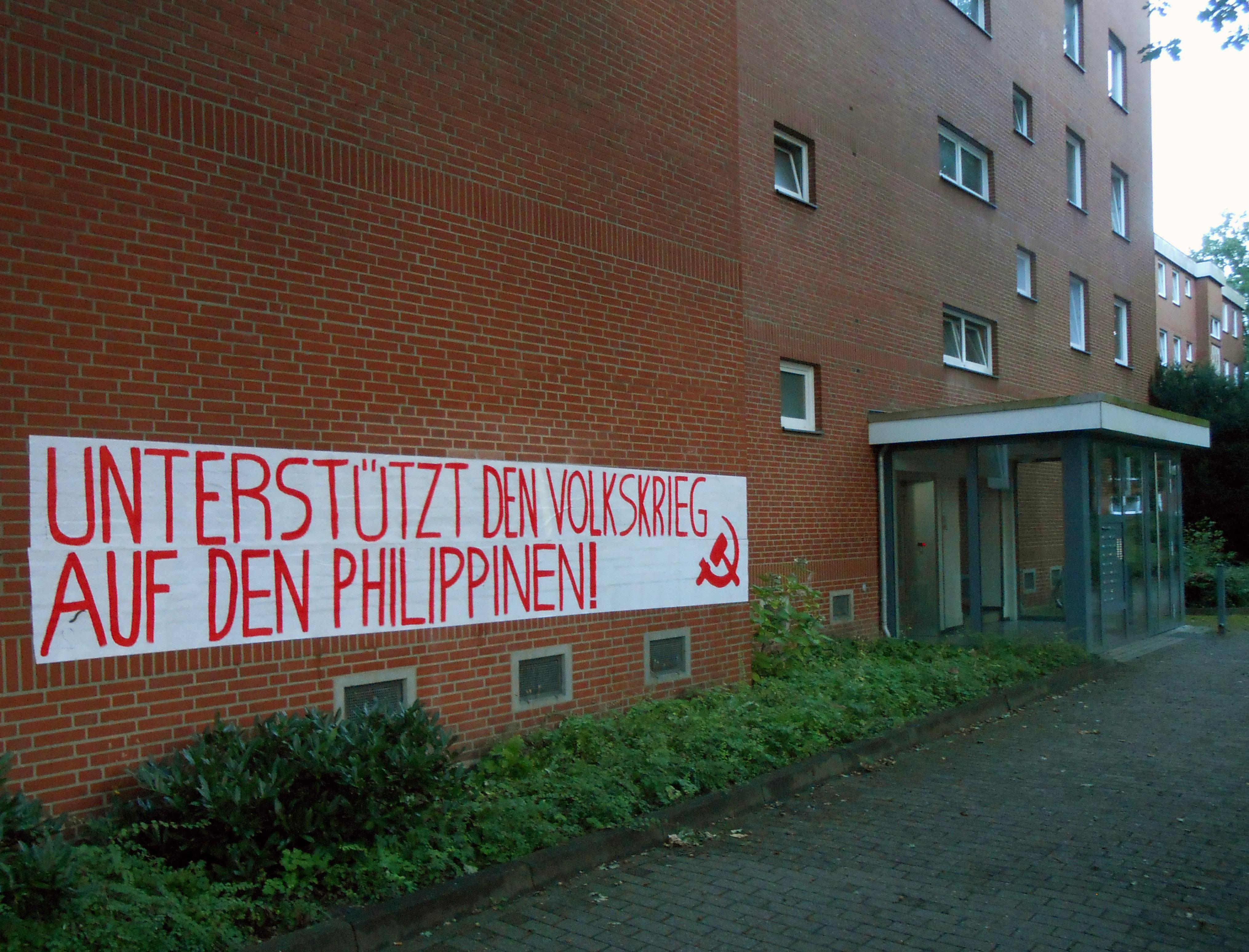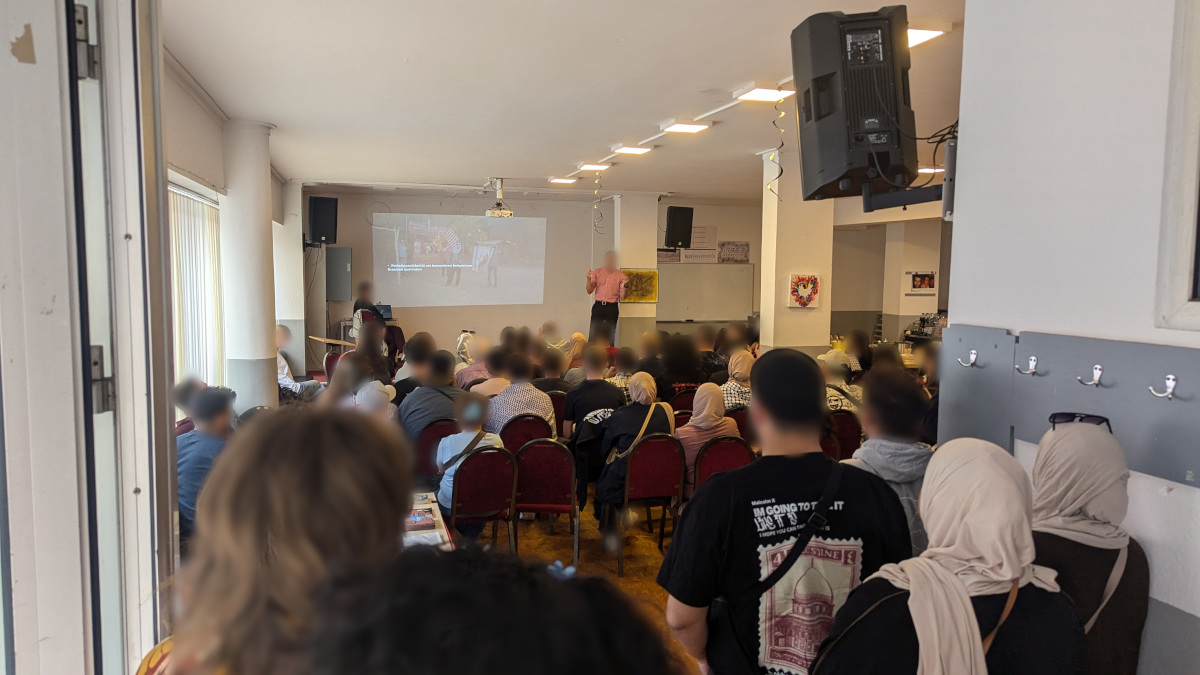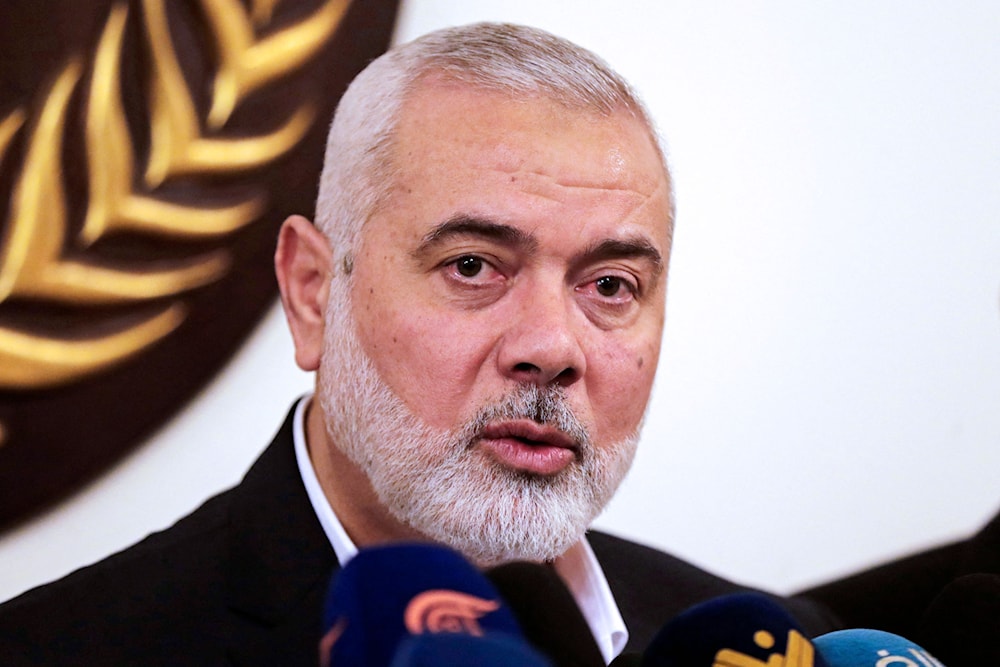We like to highlight the following document from Finish comrades:
Some notes concerning Estonia
On the occasion of the Finnish “Independence Day” celebrated by the reaction, we reaffirm our commitment to proletarian internationalism and publish the following translation of a text sent to us. The writer has approved some minor adjustments and notes for the international reader.
Estonia is a country in the Southern coast of the Gulf of Finland with some 1.3 million people. In Finland, the country is mostly known for its migrant workers in Finland, especially in the capital area around Helsinki, and also for its “booze tourism” (alcohol is much cheaper in Estonia than in Finland) and also, frankly, for its sex tourism. Culturally, Tallinn Old Town is well known. The language is close to Finnish, and the nation is seen as the “younger brother” of the Finns. However, apart from trivia, the country is not well-known in Finland, even though geographically, language-wise and, especially, in the imperialist system the countries have a close relationship.
Historically, Estonia has been under Swedish, Danish, German and Russian rule. In the 1200s, the country was part of the Hanseatic League, then from 1500s to 1700s, it was under the Swedish crown, and from 1721 to 1917, it was under Czarist rule. After the February Revolution, it gained autonomy, and next year the Republic of Estonia was declared. In the beginning, the Estonian Social-Democracy was a regional branch of the Russian Social-Democracy. Before the end of 1918, a civil war with external parties broke out, the main parties being (1) Communists, organically part of the RCP(b), (2) Whites, led by English imperialism as part of the Intervention War, and (3) German imperialism, who likewise tried to oppress the Estonians. During that time, there was the short-lived Commune of the Working People of Estonia (Eesti Töörahva Kommuun). After the White victory in Estonia in 1920, the Russian SFSR signed the Treaty of Tartu with the Republic of Estonia, and hence the CP of Estonia was formed later that year as a Party of its own. During the 20s and 30s, the country was under the contention of different imperialist powers in Europe. During the Second World War, in 1940 the Estonian SSR was formed, but in 1941, the country was occupied by Hitler-Germany and suffered heavy losses, until it was liberated by the USSR in 1944. After the Khrushchevite coup, Estonia was again turned into an oppressed country, now under Russian social-imperialism. Then with the collapse of Russian social-imperialism, Estonia “regained its independence”, as the Western reactionaries say, which in fact meant that militarily Estonia was subjugated into NATO under US imperialism and economically Swedish imperialism took contol of its banking sector, also Finnish imperialism has played an important role in other aspects of the Estonian economy. It should be noted that the 1987–1991 so-called “Singing Revolution”, as the reactionaries call it, was not a revolution, it did not overthrow the domination of imperialism but was related to transferring it for the new masters.
So, in this “newly-independent” Estonia, an important issue was its reinsertion to the US-dominated imperialist world economy. This is a process, where especially Swedish imperialism has played a role with its financial might. The size of the Estonian economy is very small, with a GDP of only some 30 billion USD in 2018. In order to give some general idea, in comparison, the Finnish GDP is almost ten times bigger and the German GDP thousand times bigger. Even more revealing is the fact that the US company Amazon holds assets for 225 billion, so roughly 7.5 times the size of Estonia’s GDP. In comparison to fellow Baltic countries, Latvian GDP is about the same and Lithuania’s is almost two times bigger.
However, the country is very firmly tied to the imperialist world economy. Very revealing is to give a look at its international trade [1]. In 2018, the price of product exports was 17.6 billion USD and imports 21 billion, so the ratios to GDP are roughly 60% and 70%. Including the trade in services, the ratios would grow to even as much as around 80%. The most important destination countries for Estonian product exports are Finland (13.2%), Sweden (9.78%), Russia (8.74%), Latvia (7.65%), USA (6.89%), Germany (5.93%), Lithuania (5.56%) and Norway (3.96%). These eight countries, six of which are imperialist, make up 60% of the whole. Regarding the imports, the countries are more or less the same: Russia (11.7%), Germany (10.6%), Finland (8.53%), Lithuania (6.96%), Latvia (6.93%), China (6.3%), Sweden (6.18%), Poland (5.79%) and the Netherlands (4.32%), that is, these nine countries, six of them imperialist, make up two-thirds.
In the ten-year-period from 2008–2018, we find major developments in the Estonian foreign trade regarding its partner countries. The exports to US have increased by 144%, Germany 88.5%, and Sweden and Norway over 40% each, and in imports, the biggest change is the 70.5% increase in Russia’s share. Trade with Finland has grown less, 17.6% in exports and 8.06% in imports, but Finland has maintained the No. 1 position in Estonia’s foreign trade, with the price of more than 4 billion dollars in exports and imports combined, the second one being Russia with almost 4 billion.
Regarding the products, the most important branches in Estonia’s exports are machines (about 25%), mineral products (over 10%), wood products (about 10%). The machines branch consists mainly of ICT. The mineral products consists mainly of oil shale and related products – over 80% of world’s oil shale is extracted in Estonia, especially Narva [2]. When it comes to wood, a contributing fact is that 50% of the Estonian area is covered by forests. Moreover, it is quite revealing that more than two-thirds of the Estonian industrial production is for export. In imports, the machines make up one-fifth, mineral products 13 %, transportation 11% etc. Regarding services, it is hugely related to transport and Russian transit, and also tourism.
Now, in those numbers, we see the composition of the Estonian economy. It is widely acknowledged that the ICT has a very central role in the Estonian economy, manifesting itself not only in industrial production, but also in services and infrastructure. In numbers, the processing industry makes up about 14.5% of overall production; transport, warehousing and communications 10%; commerce 13.5%; estate and business services 21%. Energy, ie. oil shale, is only some 4% of GDP, but as was said, 80% of world’s oil shale is extracted in Estonia, and as much as 90% of the energy used in the country is produced in one single plant in Narva by one single company Eesti Energia (state-owned, by the way). [3]. Also, important fact is that in the Estonian city of Sillamäe, there is the easternmost port of the “EU”, a modern and multifunctional port important especially for shipping to and from St. Petersburg.
Behind this, we see the acting of imperialism, especially through foreign direct investments (FDI). Estonia has one of the largest FDI per capita in Central and Eastern Europe. By countries of origin, the two clearly biggest are Swedish imperialism (24%) and Finnish imperialism (also 24%), who together make up half of the Estonian inwards FDI stock, while the third-biggest Dutch imperialism, has only a share of 6%. The FDI is mainly invested in financial and insurance sector (34%), while the rest goes to real estate activites (18%), manufacturing (12%), and wholesale and retail (11%) etc. [4]. Banking is almost exclusively dominated by Swedish imperialism [5]. Moreover, regarding all the assets in Estonia, one-third is owned by enterprises officially controlled by foreigners. More specifically, of all the assets, about 10% is controlled by Finnish enterprises and 5% by Swedish ones, ie. together about half of all the foreign-owned assets. These foreign enterprises in Estonia make up 40% of all the revenue and 45% of profits. [6]. In addition, official “EU” statistics, too, confirm the role of foreign-controlled enterprises in Estonia [7]. Finally, of the 100 biggest companies in Estonia (2014), 49 are Estonian (9 of which are state-owned), 14 Swedish, 12 Finnish, 5 German, 4 Russian, 4 Norwegian and 2 US etc. [8]. These numbers are very revealing. Thus, in conclusion, it seems that a bureaucratic capitalism is developing in Estonia, and more precisely, Swedish imperialism dominates the Estonian banking, whereas the Finnish finance capital is more directly involved in acting capital. However, this must not be understood so that Swedish imperialism would not have a significant role in acting capital, too, for example such Swedish companies as ABB (electrical equipment), Ericsson (telecommunications) and ICA (retail) are big in Estonia.
Being an oppressed country, enormous resources in the Estonian economy are wasted in tourism obstructing the development of a truly-independent national economy. Estimates say that 5% or even as much as 8% of the country’s GDP and employment are related to tourism [9]. Before covid-19, about 4 million tourists have visited the country per annum. It must be well-noted that even though the Estonian reactionaries praise the role of tourism, prostitution is an important part of it. It is estimated that Estonia has one of the biggest numbers of prostitutes per population in Europe, estimates varying from 1,000 to even as much as 5,000, so basically at least one out of thousand Estonians are forced into prostitution [10]. Moreover, it has been estimated that every fourth is a minor, and four-fifths are Russian-speaking [11]. It must be highlighted that especially the Finnish tourism engages in prostitution.
Also a feature of an oppressed country is emigration. The most important destination country is Finland, where lives about 50,000 Estonian citizens, or more than 4% of Estonia’s population. Generally speaking, in Finland the Estonian men work in construction and the women in cleaning, and besides the Russians they form the biggest immigrant group in Finland. In comparison to other countries, in 2014 Finland bypassed Russia, whose Estonian community has generally been in decline both in short and in long term. Other countries include Germany, US, Sweden, UK and Ukraine. In total, about 14% of Estonian population live outside Estonia. [12].
Estonia has been a member of NATO since 2004, and the Estonian reaction calls it “a long-term strategic priority of Estonian security and defence policy” [13]. Its own army, the Estonian Defence Forces, has an active personnel of 6,600, half of which are conscripts, and also there is the militia called Defence League with 15,800 active personnel. Regarding the NATO presence, there are apparently more than 1,000 NATO troops deployed in the country at the moment. Overwhelming majority are deployed in the context of NATO’s “enhanced Forward Presence” program in the Tapa Army Base. What is stunning, is that Tapa is the largest military base in Estonia, and the NATO eFP Battalion’s headcount is at least one-third of it. [14]. Regarding the involved imperialist countries, according to the NATO itself, Canada, Germany, the UK and the US are the so-called “framework nations” of the NATO forces in the Baltics and Poland, and moreover, it seems that the UK has constantly had the biggest amount of troops in Estonia. Still, US imperialism, and not for example English imperialism, is the dominant one, as it leads the NATO, and also resiging of two EKRE ministers this year strongly illustrates the role of US in Estonia [15].
From US imperialism’s point of view, Estonia’s military significance is to be part of the encirclement of Russian imperialism. Direct distance, as the crow flies, from Estonia to St. Petersburg is only some 150km, and there is a direct highway from the Estonian city of Narva to St. Petersburg. Moreover, in the Gulf of Finland, the distance from the Estonian naval base of Miinisadam, largest in the country, to the Finnish naval base of Upinniemi is little more than 100km, and it is the narrowest section in the Gulf. In geographical terms, the Finnish–Estonian axis has the possibility to control all sea traffic coming to and from St. Petersburg. This fact can be used both in commercial issues and in war. As the NATO military doctrine has it that in the beginning of war, first attack the strategic targets aiming to create chaos and devastation, undermine the infrastructure and paralyze the enemy, Estonia and the wider region is geographically usable in this way, especially due to the proximity of St. Petersburg.
It seems that along the lines of the International Line of the PCP, it should be emphasized that the principal enemy in Estonia would be US imperialism. From this follows that the role of the imperialist powers of the second world, particularly Sweden and Finland, is granted by US imperialism. It should be recalled how Lenin taught us that the minor imperialist countries have their small share of colonies only due to the greater ones having contradictions among themselves. So, in this case, US imperialism has given the right to imperialist exploitation for the Swedish and Finnish imperialisms, while at the same time it maintains the military gains for itself. Moreover, a national economy as small as Estonia, is only very minor crumbs in the eyes of the sole hegemonic superpower of US imperialism.
Related to the military point of view, the Russian-speaking population is under severe oppression in Estonia. This is mainly an expression in the superstructure of US imperialism’s anti-Russian stance deriving from the inter-imperialist competition and, concretely, from US imperialism’s plan to encircle the Russian atomic superpower. Culturally, the Estonian reaction exploits the popular hatred against the former Russian social-imperialism to propel anti-Russian sentiments among Estonians. History of this Russian-speaking population begins with the socialist industrialization under Stalin after the Second World War, particularly oil industry in Narva, and they come from all parts of USSR, not only Russia. The size of this population is more than one-fourth of the whole Estonian population, and they are concentrated especially in the North-Eastern area with almost 90% native Russian speakers in Narva, but also in the capital city of Tallinn with every third inhabitant speaking Russian as their mother tongue. Economically, Russian-speakers occupy generally the worst jobs, also the stunning share of Russians among prostitutes is a manifestation of their extremely exploited economic situation. Legally, their right to use their mother tongue has been restricted in official situations, and they also have citizenship issues as the original migrants are classified as occupiers and can obtain an Estonian citizenship only through a complex naturalization process, which requires ia. that they pass the Estonian language exam – even though they might live in a region, where a vast majority is Russian-speaking. Moreover, even their children might not have a citizenship, because at least one parent must be Estonian for a child to obtain citizenship by birth, otherwise naturalization is needed. Instead of a normal passport, they get an “alien’s passport” (dubbed a “grey passport”), and number of these people is 80,000–90,000, ie. more than 6% of Estonian population. The “EU” and the “UN” have criticized Estonia for this. As a sidenote, the denying of citizenship is also used to rig the elections. Moreover, the anti-Russian oppression is also manifested in attitudes against Russians. However, they have also heroically rebelled, for example the 2007 combative protests against the relocation of the Soviet-era war memorial statue known as the Bronze Soldier.
Finally, regarding the future, it seems that especially the Finnish finance capital is strengthening its grip of Estonia. So, for example in 2013–2019, the inwards FDI stock in Estonia grew by one-fourth, but the Finnish stock in Estonia more than doubled. The Swedish stock grew by about 50%, that is, faster than the whole, but far slower than the Finnish one. It is revealing that a major Finnish banking group OP has declared the Baltics to be its second home market, even though as of yet, they have only very tiny operations in any of the Baltic countries. Moreover, there is a plan to build an undersea tunnel between Helsinki and Tallinn. Currently, Swedish imperialism is economically dominant with its almost absolute domination of banking capital, but Finnish imperialism is competing with it through strengthening of its general grip over the Estonian people. Together with US imperialism, these are the major imperialists in Estonia, US imperialism being the main enemy. Russian imperialism could make use of Estonia’s Russian-speaking population to impede the advancement of US imperialism, but however to usurp it back, it would need war, which it is not willing to do at the moment due to its own weakness.
Notes
[1] Country profile of Estonia, OEC. In this writing, all numbers concerning Estonian foreign trade in products and services are from this source. As with all statistics always, different sources differ in the actual numbers, but in this case, they all present the same general picture.
[2] What Are The Major Natural Resources Of Estonia?, WorldAtlas
[3] Structure of the economy, Estonica
[4] Foreign direct investment, Invest in Estonia
[5] See eg. Banks in Estonia, TheBanks.eu. The two biggest banks, Swedbank and SEB, have almost 50% market share, control almost two-thirds of all the assets and boast more than 70% of net income in Estonian private banking!
[6] EM060: Financial statistics of enterprises (with 20 or more persons employed) by economic activity and controlling country, Statistics Estonia
[7] Foreign-controlled enterprises in the EU, Eurostat (2008)
[8] Behold the 100 top valuable firms in Estonia, Postimees (engl. The Postman)
[9] OECD says about 5%, while Estonian Ministry of Economic Affairs and Communications says as much as 8%
[10] One estimate from 2004 is 4,000, Estonia becoming a European prostitution-tourism capital, The Baltic Times
[11] Report on the status of action against commercial sexual exploitation of children (2006), and also the 2nd edition (2012), ECPAT
[12] Estonians in the World, Estonian Human Development Report 2016/2017
[13] Estonia and NATO, Estonian Ministry of Foreign Affairs
[14] eFP troops, Eesti NATO Ühing (Estonian Atlantic Treaty Association)
[15] Minister of the interior Mart Helme and Minister of finance Martin Helme put into question the results of US elections, which contributed to them getting fired, and the Estonian president, prime minister etc. declared that it is not appropriate to say things like that about “the most important ally of Estonia”.

